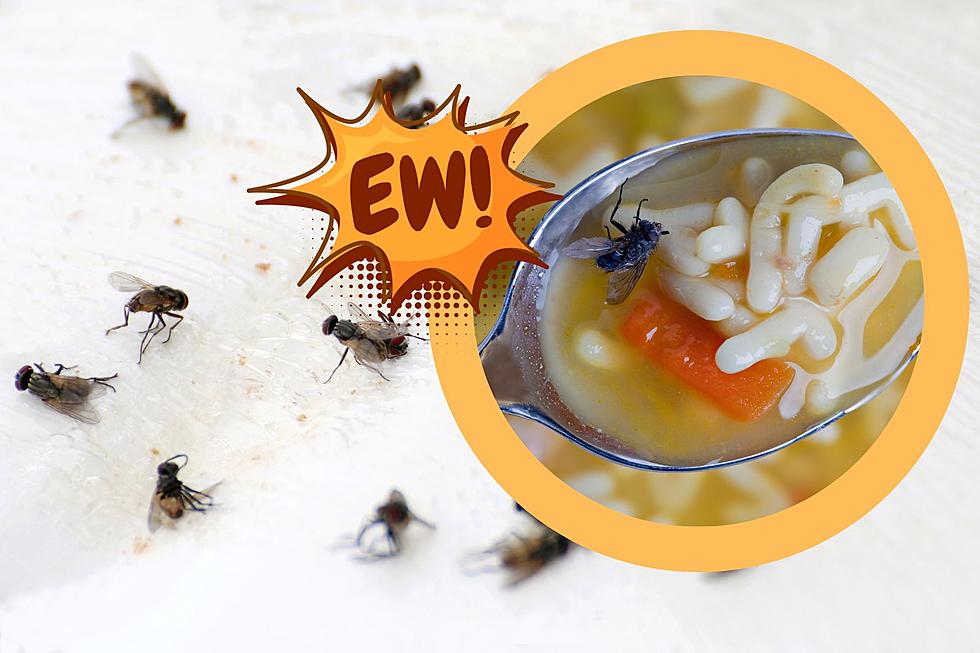
Genesee County Health Department Offers Holiday Food Safety Tips
The Genesee County Health Department (GCHD) is offering up food safety tips to help ensure that everyone has a healthy holiday season. The GCHD recommends that you Check Your Steps: Clean, Separate, Cook and Chill appropriately.
Clean: wash hands and surfaces often. Illness-causing bacteria live and survive on many surfaces in your kitchen; including your hands, utensils, cutting boards, countertops, etc.
Separate: don't cross-contaminate. Even after you have properly cleaned your hands and all surfaces, illness-causing bacteria can still spread to ready-to-eat foods, unless you keep them separated. Use separate cutting boards and other prep tools for produce and for meat, poultry, seafood and eggs. Designate one cutting board for fresh produce and another cutting board for raw meat, poultry and seafood. Once a cutting board develops hard-to-clean grooves, it's time to replace it.
Cook: cook to the right temperature. Illness-causing bacteria multiples quickest in the "Danger Zone" between 41 degrees Fahrenheit and 135 degrees Fahrenheit. Steps to keep your foods out of the danger zone are: use a food thermometer, keep hot foods hot and cold foods cold, cool warm foods quickly when putting them in the refrigerator or freezer, and microwave food thoroughly.
Chill: refrigerate promptly. Cold temps inhibit the growth of illness-causing bacteria, so it's important to chill food quickly. Here are some suggestions on how to do so:
- Make sure your fridge and freezer are at the correct temperature. The fridge should be between 40*F and 32*F. The freezer should be at 0*F or below.
- Do not over-stuff your fridge; to properly chill, cold air must be able to circulate.
- Remember to stuff leftovers in a timely fashion. If you divide leftovers into several smaller containers, the food will chill more quickly and effectively.
Never thaw or marinate foods on the counter. To thaw foods safely, use one of these methods:
- Thaw in the refrigerator; this is the safest method.
- Thaw in cold water.
- Thaw in the microwave.
- Cook without thawing. This method is safe, but it will take at least 50 percent longer to fully cook.
Lastly, remember when it's time to throw food out. For more information on storage times for both the refrigerator and freezer click here.
More From Cars 108









